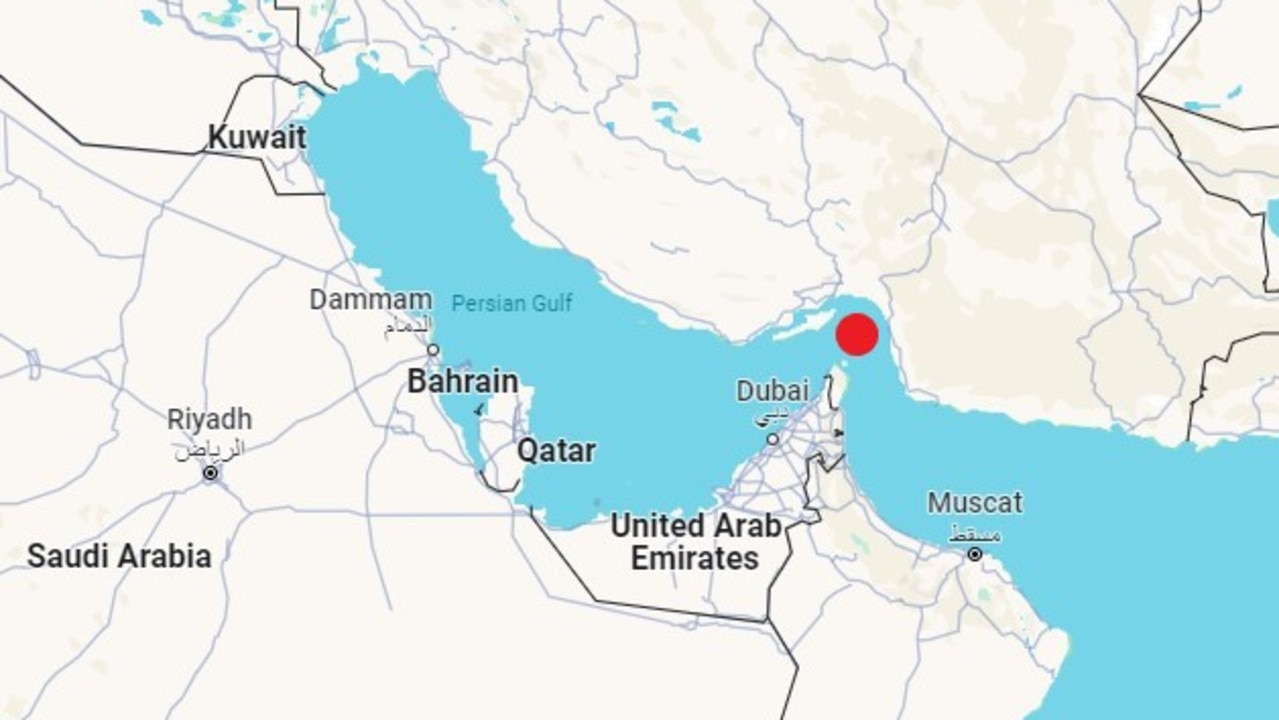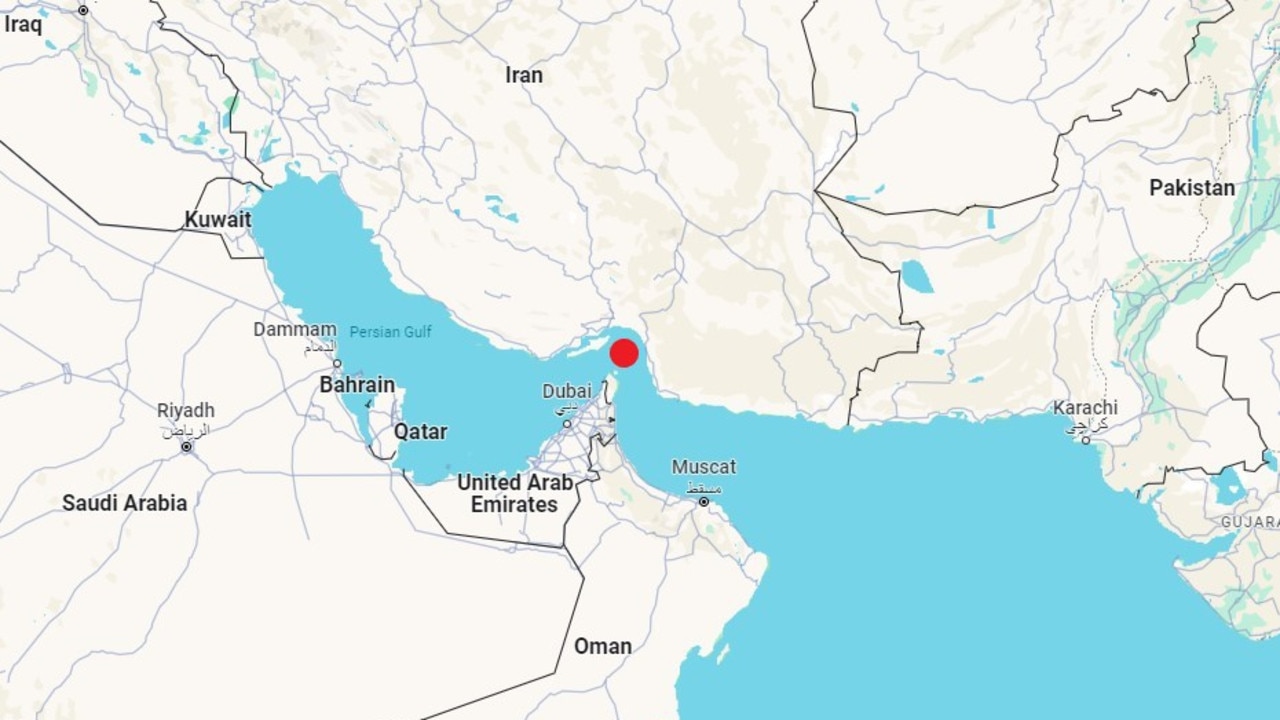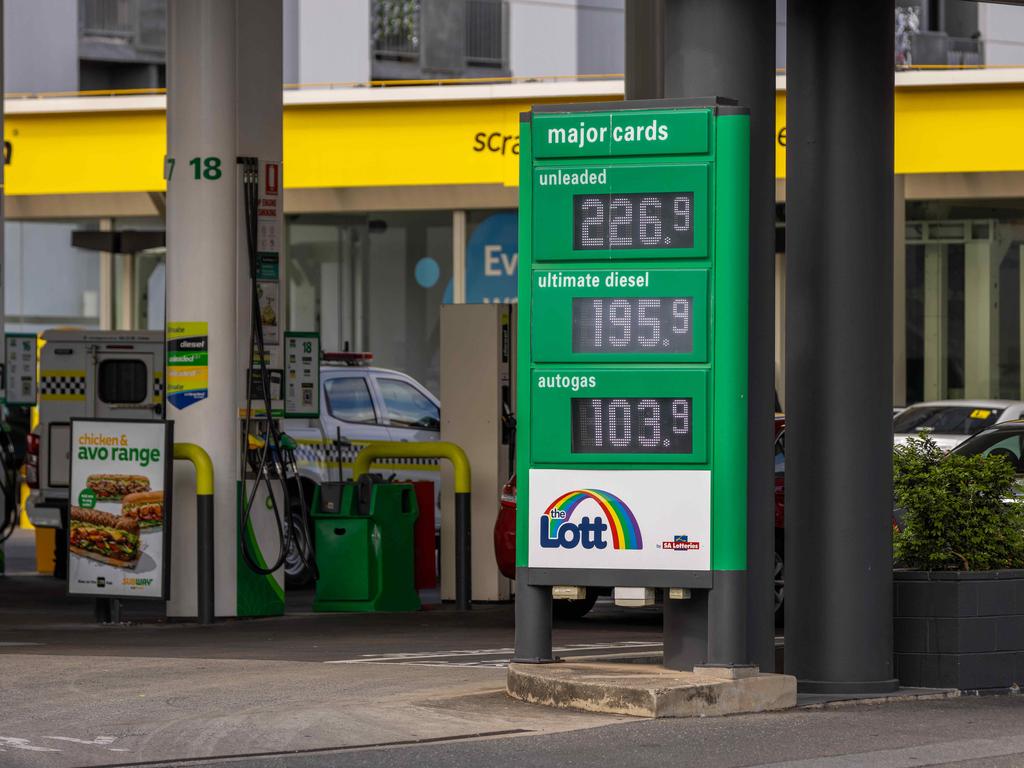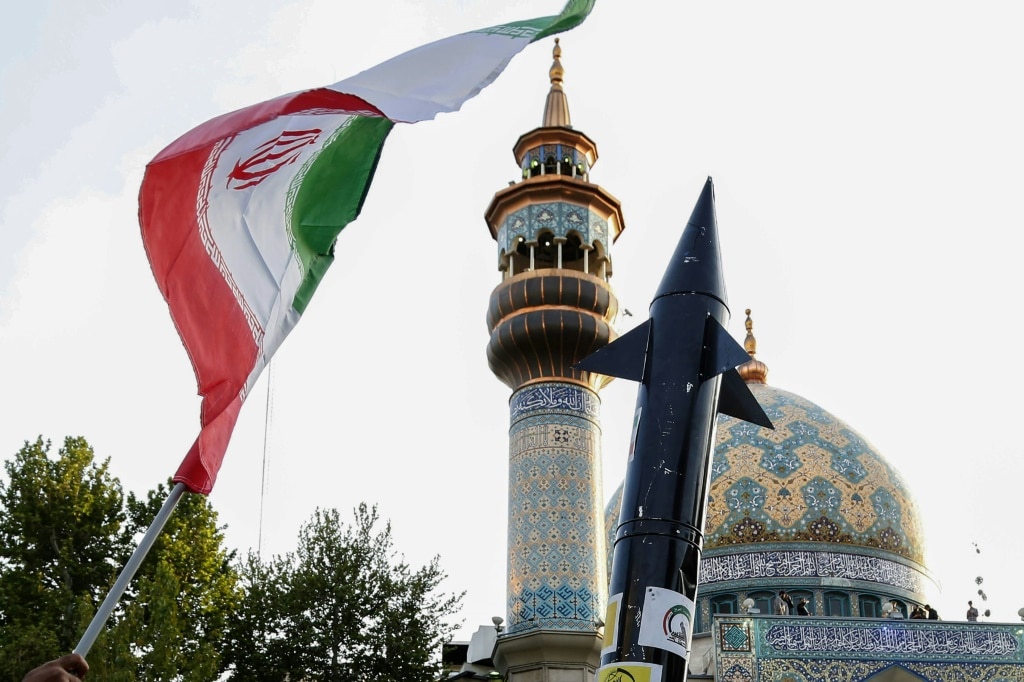‘Threat’: Disastrous impact on Australia of Iran-Israel conflict
As tensions reach fever pitch in Israel and Iran, Australia faces a profound threat that come to a head in just 27 days.

A much-feared petrol price spike following Iran’s missile and drone assault on Israel last weekend failed to eventuate. But what happens now Israel has responded could reach across the world and deep into Australian pockets.
Iran’s Ayatollah Ali Khamenei ordered more than 300 projectiles – 170 drones and cruise missiles, and 120 ballistic missiles – fired at Israeli military installations following a bombing raid on its embassy in Syria that killed several military commanders.
Israel’s War Cabinet minister Benny Gantz vowed: “We will exact a price on Iran, in the manner and at the time that is right for us”.
That time was Friday.
Israeli missiles and/or drones have reportedly been tracked crossing through Iranian airspace to strike a military facility near a controversial uranium purification facility at Isfahan deep in the nation’s heart.
Iran’s Tasnim News Agency reports no damage was done to the facility. Israel has so far refused to acknowledge the attack.
International economic analysts say the fallout of Israel’s retaliatory strike depends on what was targeted, and where.
And if it’s related in any way to oil production or transport.
“Iran’s oil production and export is an attractive potential target because a severe disruption of Iran’s oil infrastructure will be a strategic loss to Iran — and can be accomplished with few human casualties,” argues Atlantic Council think-tank senior fellow Brenda Shaffer.
Iran produces about 3 per cent of the world’s crude oil.
Much of this is sold to China – at a 15 per cent discount – to dodge Western economic sanctions.
But it also sits astride a strategic chokepoint – the Strait of Hormuz.
About 20 per cent of global production (20 million barrels a day) must pass through this narrow waterway.
And if Iran’s oil production or transport facilities are hit, analysts warn it will have “nothing to lose” by shutting down this arterial shipping route.

What comes next?
“Another sharp spike in oil prices would be a threat to the economic outlook as it could boost inflation again,” warns AMP Investments chief economist Dr Shane Oliver.
“Australian petrol prices are already around record levels despite oil prices still being well below their 2022 highs because of the rise in oil prices this year and wider refinery margins.”
The sabre-rattling between Tehran and Tel Aviv over the past week have failed to evoked a response from oil markets.
Instead, prices slipped below the $90 per barrel mark seen in recent weeks.
This retreat, analysts say, is because the war threat had already been incorporated into the price. And the weekend attack had proved less damaging than feared.
Now, buyers are watching for fresh cues.
“If logistics are affected, consumers may face shortages once again. And Australia is not in a great position to weather that,” Edith Cowan University associate dean Flavio Macau writes for The Conversation.
He points to Australia’s lack of reserve oil stocks – despite a 90-day supply being a requirement for membership of the International Energy Agency.
This leaves Australia especially vulnerable.
“According to Australia Petroleum Statistics, current diesel stocks are estimated to last only about 26 days, with petrol stocks close behind at 27 days,” he explains. “Furthermore, refinery production on Australian soil has significantly decreased; from producing about 15.1 billion litres of gasoline in 2013 to only 5.7 in 2023, a drop by about two-thirds.”

All eyes on Hormuz
The rebel Houthi group in Yemen – part of Iran’s “Axis of Resistance” – has been attacking shipping passing through the narrow Gate of Tears passage between the Red Sea and the Gulf of Aden for several months.
Despite an international naval presence, one bulk carrier has been sunk, and several others have been hit by drones and missiles. Much of its traffic (other than Middle Eastern sourced oil) has been diverted around the Cape of Good Hope (South Africa).

The Strait of Hormuz is a much more sensitive chokepoint as almost all Middle Eastern oil must pass through it.
And that’s Iran’s ace up its sleeve.
“If Iran shut down transit through the strait, oil supplies would be immediately and significantly impacted,” energy analyst Ellen Wald says in the Atlantic Council briefing note.
“Asia would feel the effects most acutely, as 80 per cent of the crude oil and condensate that leaves the Persian Gulf through the strait is shipped to Asian customers.”
This includes Australia’s most significant provider of refined oil products – Singapore.
“Iran has threatened this action in the past, but never followed through,” adds Wald.
“Iran isn’t likely to close the strait to Saudi, Kuwaiti, Iraqi, and Emirati oil, because if it did, the United States would immediately deploy naval forces to prohibit ships carrying Iranian oil from exiting the Persian Gulf.”
Iran is totally dependent on its oil exports.
And that makes it a tempting target for Prime Minister Netanyahu.
“Iran uses revenue from its oil industry to fund terrorism and unrest throughout the Middle East and beyond,” says Wald. “ Iran isn’t going to close the Strait of Hormuz unless it has nothing to lose.”
Energy analyst David Goldwyn says the muted response of energy markets is unlikely to last – even without a significant Israeli counter-attack.
More Coverage
“At minimum, shipping costs are likely to increase based on the increased risk of military action in the Persian Gulf,” he argues. This includes insurance agency nerves and the potential need to reroute oil and gas shipments through the Gate of Tears if they also become a target of Houthi attacks.
“Cooler heads in the United States, Europe, Jordan, Saudi Arabia, and hopefully China will try to head off confrontation that will drive oil and gas prices into triple digits,” says Goldwyn. “But they may not prevail …”
Jamie Seidel is a freelance writer | @JamieSeidel






